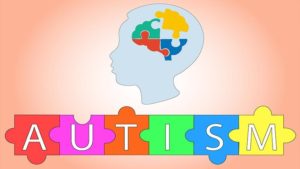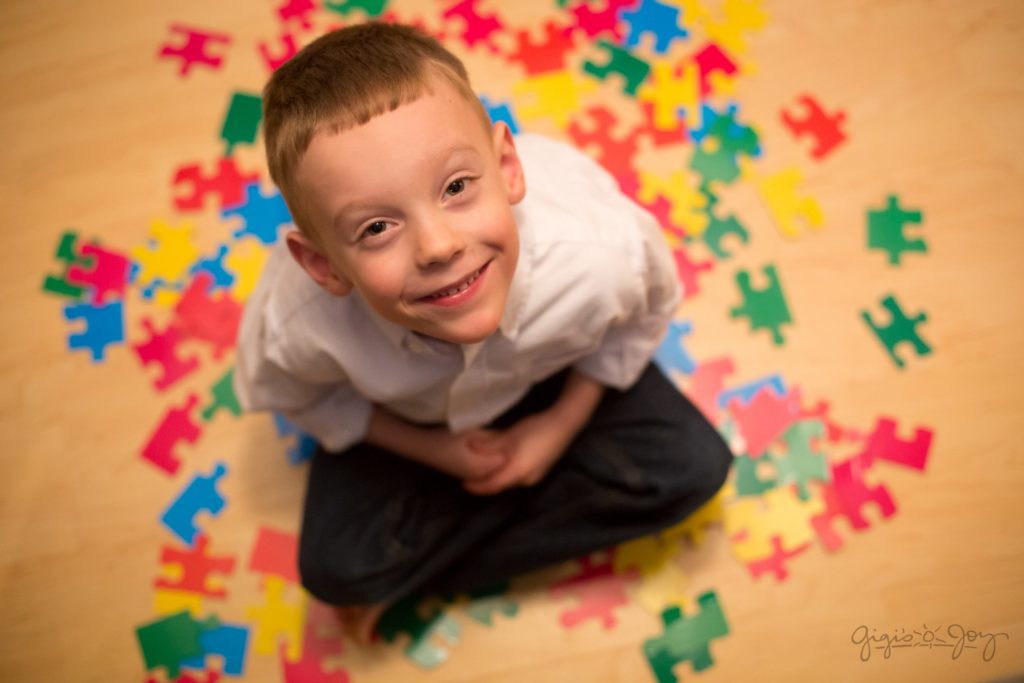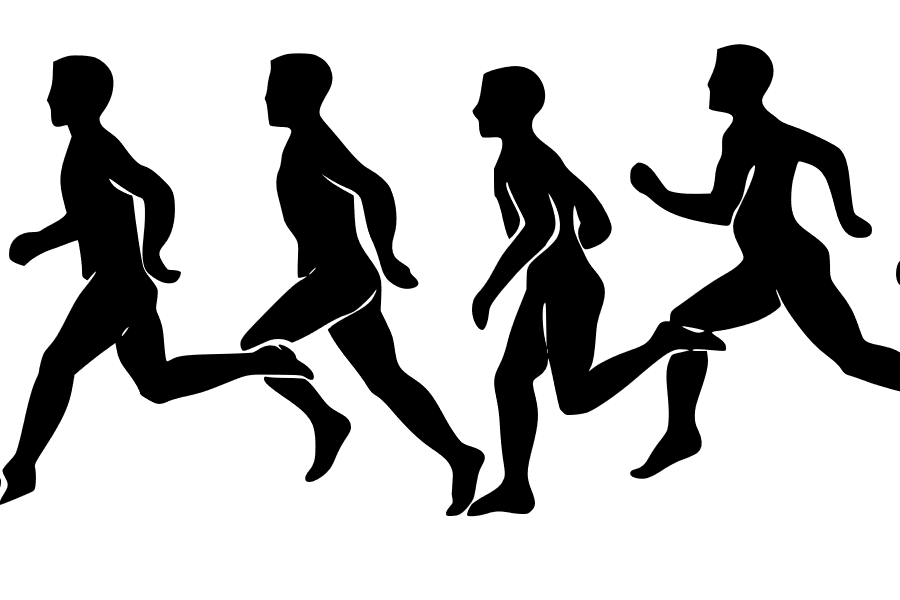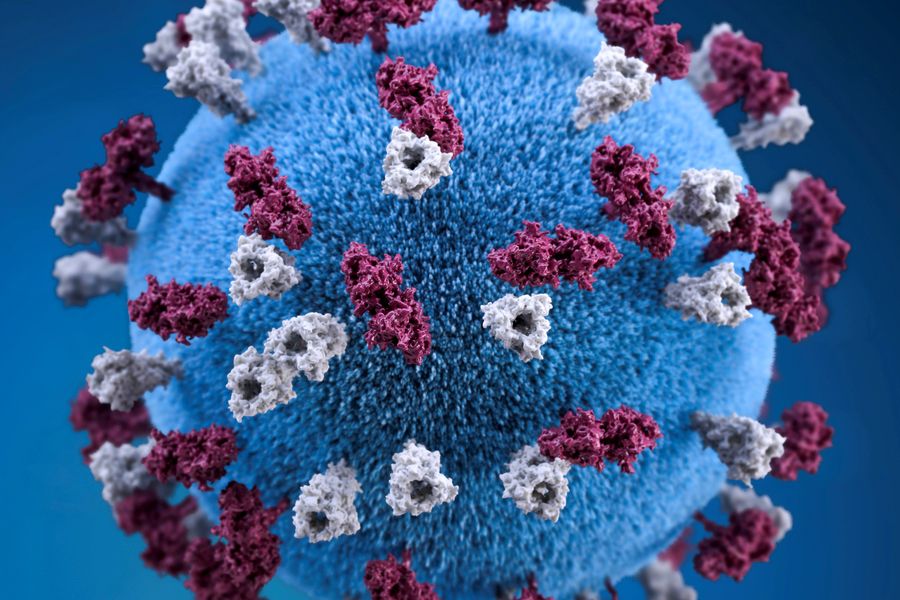Autism spectrum disorders are a group of conditions characterized by difficulties with social interaction and communication.
Furthermore, it is a neurodevelopmental disability characterized by repetitive and restricted behaviors or interests and unusual responses to sensory stimuli. Other characteristics include difficulty transitioning from one activity to another, and apathy toward learning, moving, playing, and paying attention.
Autism is classified as a spectrum disorder. The manifestation of symptoms varies from person to person to very different degrees in each individual. There could also be different presentations in the same person at different times.
Some autistic people can live independently, while others have severe disabilities and will require lifelong care and support.

Epidemiology:
- According to the World Health Organization, one out of every hundred children worldwide has autism.

- There are no racial or cultural differences.
- Autism, on the other hand, affects men more than women.
- Males have a prevalence of 1 in 70 at the age of eight, while females have a prevalence of 1 in 315 at the same age.
- Males outnumber females sexually by a factor of four.
Signs and Symptoms:
Autism begins in childhood. Its symptoms appear as early as three years of age. These symptoms can last a lifetime without remission.

Symptoms typically appear at the age of six months, progress to three years, and continue into adulthood.
These symptoms range from severe limitations in some areas of life to average or even superior abilities in others.
ASD symptoms are in two categories:
- Communication and social interaction issues
- Restricted or repetitive behavior or activity patterns
- Communication and Social interaction Issues:
These symptoms, which frequently appear before the age of five, include:
- From birth: trouble maintaining eye contact
- 9 months: not responding to their name
- 9 months: not displaying facial expressions reflective of their emotions (like surprise or anger)
- 12 months: not engaging in basic interactive games, like peek-a-boo or pat-a-cake
- 12 months: not using (or only using a few) hand gestures, like hand-waving
- 15 months: not sharing their interests with others (by showing someone a favorite toy, for example)
- 18 months: not pointing or looking where others point
- 24 months: not noticing when others appear sad or hurt
- 30 months: not engaging in “pretend play,” like caring for a baby doll or playing with figurines
- 60 months of age: not playing turn-taking games, like duck-duck-goose
Furthermore, beginning at 36 months, autistic children struggle to express their feelings, share their emotions, and understand those of others.
They are unable to hold a back-and-forth conversation.
As they age, they may have difficulty speaking or have very limited speaking skills, and they may develop language skills at an uneven rate.
It is very common for them to have a large vocabulary for a topic that interests them but completely blank out when communicating about other topics.
Their tone of voice is also unusual, ranging from high-pitched and “sing-songy” to robotic or flat.
Another common symptom is hyperlexia. Hyperlexia involves reading beyond their chronological age. It is not common to associate hyperlexia with autism, but studies have shown that approximately 80% of children with hyperlexia are autistic.
They learn to read at a younger age than their neurotypical peers, sometimes as young as age two. However, they frequently do not understand what they are reading.
All of these communication difficulties can last into adulthood.
- Patterns of Behavior or Activities that are Restricted or Repetitive:
Among the autistic symptoms associated with body movements and behaviors are:
- Rocking, flapping their arms, spinning, or running back and forth are examples of repetitive movements.
- arranging objects, such as toys, in strict order and becoming agitated when that order is disturbed
- attachment to strict routines, such as those associated with bedtime or getting to school
- repeating words or phrases they hear someone say repeatedly
- becoming agitated over minor changes
- concentrating intently on parts of objects, such as a toy truck’s wheel or a doll’s hair
- unusual responses to sensory input such as sounds, smells, and tastes
- obsessive hobbies
- exceptional abilities, such as musical ability or memory capacity

Other symptoms that autistic people may experience that do not fall into these two DSM categories are as follows:
- delayed motor, language, or cognitive abilities
- seizures
- unusual levels of fear
- constipation or diarrhea
- excessive worry or stress
- behaviors that are hyperactive, inattentive, or impulsive
- unanticipated emotional reactions
- unusual eating habits or tastes
- unusual sleeping habits
- self-harming
- stimming



